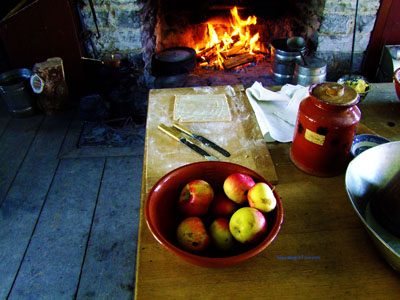44. Contact Distant Living Relatives Through the Grave – In the internet age, here is an oddly strange and obscure way to contact distant living relatives that can actually produce results. If you track down an ancestor to a particular gravesite in an old graveyard, pay attention to how well maintained the gravesite is relative to the neighbouring gravesites. If the gravesite is better maintained than other gravesites in the cemetery then this is a good indication that someone with a connection to your ancestor lives in the area. Consider leaving a message at the gravesite with all your contact details. However, this is not email, so don’t expect a reply within a week. It will likely take months (or never) before someone replies. Make sure you leave the message in a well-sealed container and firmly attach it to the gravesite. Also, if necessary, inform the cemetery staff to make sure they are ok with the procedure and to make sure they do not throw your message out. They may even know who is maintaining the gravesite.
45. Retirement Homes – Retirement homes (especially those run by non-profit organizations) would often have to take on senior citizens with no money. In order to cover their costs, they would often attempt to track down family members. Part of this process involved interviewing the senior citizen to try to establish family connections. These records were often kept by the retirement home. These records can be an effective way to find other ancestors.
46. Family Timelines - One obvious genealogy brick wall solution is to check key family dates across generations to look for inconsistencies. For example, children cannot be born after their mother has died or more than nine months after their father has died. Similarly, children cannot be born if the mother is too young or too old. A simple rechecking of dates in this manner can help eliminate erroneous data and can also be used to narrow down estimated date ranges. For large, complicated families, consider building a family timeline in a spreadsheet to check for consistency across dates.
47. Family Recipe Books – Family recipe books are almost as common as family trees. Oddly enough, there can be a connection between the two of them that can be exploited by an astute genealogist. For example, one of the biggest hurdles that genealogists can face is when an ancestor has migrated to a new country and anglicized their name. Trying to find out where they came from can often become an involved exercise. Here is a novel approach. Look through the family recipe book. A number of (say) Polish recipes would suggest that your ancestors came from Poland. Even within a country, certain dishes can be very local in origination. Do a bit of research on unusual dishes or dishes that use unusual ingredients and you may be able to narrow down your search to a particular area of a country. Sometimes it pays to think with your stomach!


